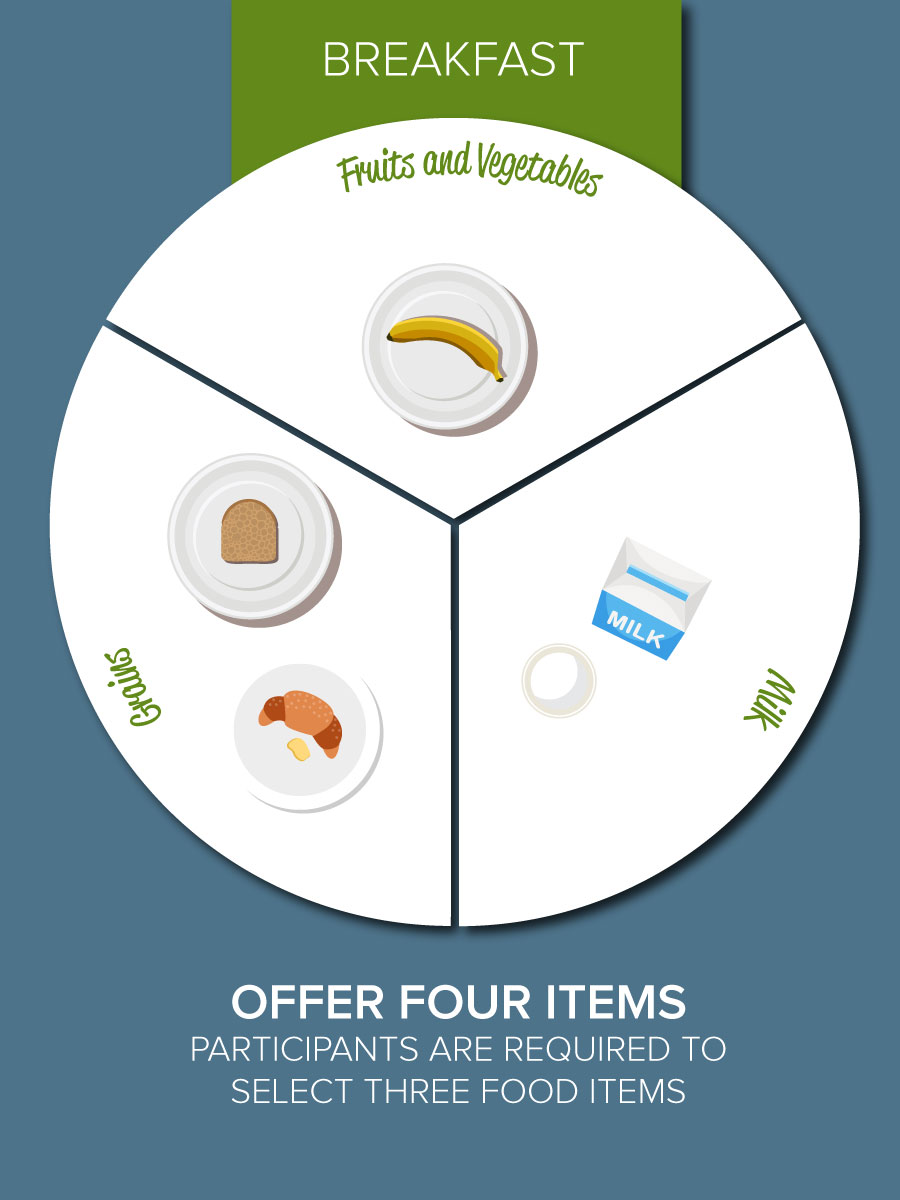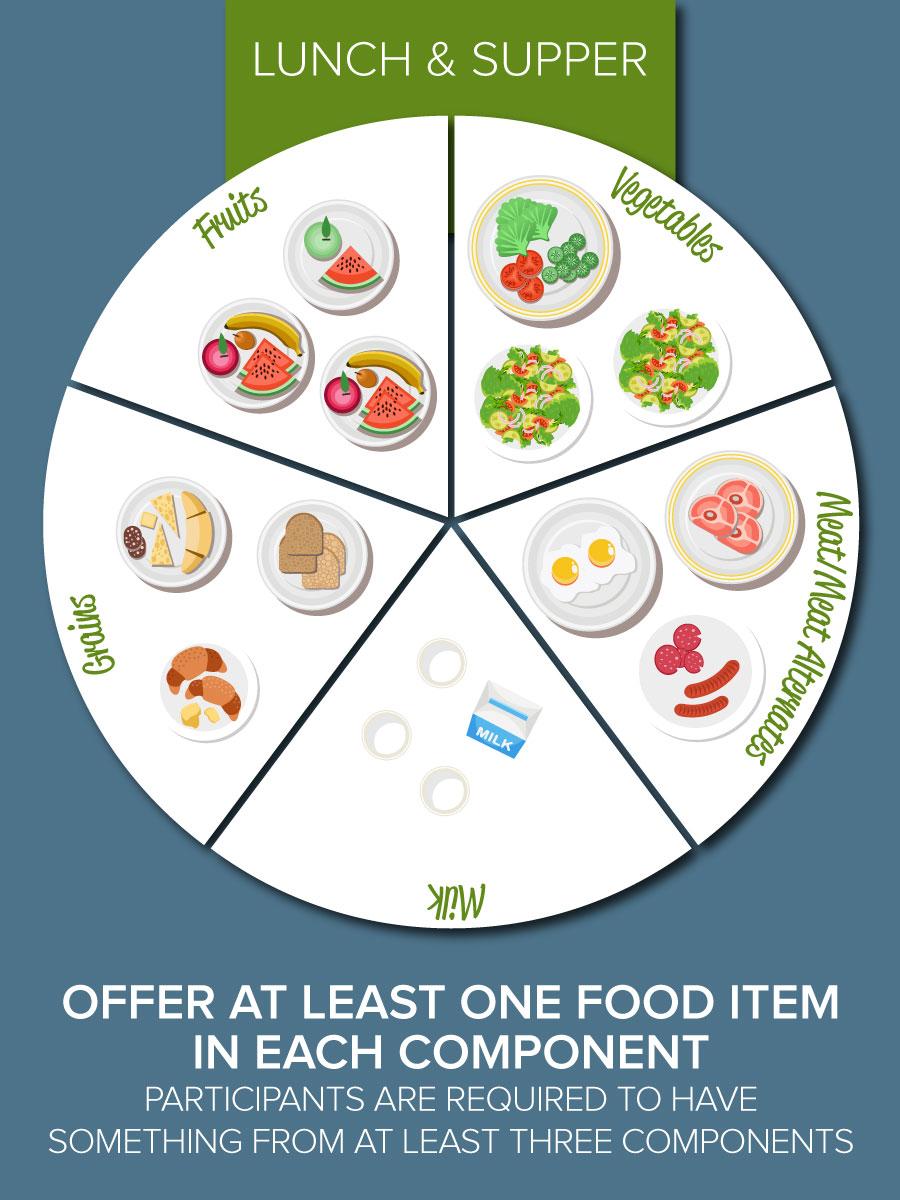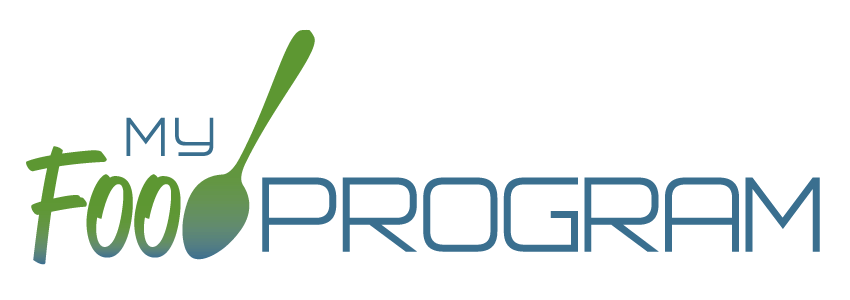
When serving meals in afterschool programs or adult day care centers on the CACFP or at any SFSP summer feeding site, you may use a type of meal service called Offer Versus Serve (OVS). To offer means that the participant gets the option to select from the available choices and decline others. To serve means that the participant gets a tray or plate of food with all the items already on it. So the term “Offer versus Serve” just means that you are choosing to OFFER choices VERSUS SERVING a set meal.
This allows children and adults to decline some of the food offered in a reimbursable breakfast, lunch, or supper, although it may not be used at snacks. OVS can help reduce food waste and give children and adults more options.
When using Offer Versus Serve it is good to understand the terms and how they are used. There are Food Components and Food Items. Although these are similar, understanding the difference is important.
Food Components are a group of foods in a reimbursable meal. This includes milk, vegetables, fruits, grains, and meat/meat alternates. At breakfast only, vegetables and fruits are one combined component. This means you can serve vegetables, fruits, or a combination of both to meet this requirement.
Food Items are foods that are part of a food component. For example, bananas are a food item within the food component of fruits.
Offer Versus Serve at Meals


Breakfast
- Offer these three food components: Milk, Vegetables and/or Fruits, Grains.
- Offer at least four different food items, at least one from each food component above. The fourth food item can come from the vegetables or fruits, grains, or meat/meat alternates component.
- Ask the child or adult to choose at least three different food items.
Note: The fourth food item can be selected as well.
Lunch and Supper
- Offer these five food components: Milk*, Vegetables, Fruits, Grains, Meat/Meat Alternates.
- Offer at least one food item from each component.
- Ask the child or adult to choose food items from three or more food components.
Note: The child or adult can select food from all five components, but foods from at least three components are needed for a reimbursable meal.
*For Adult Participants Only: Milk is optional at supper. If milk is not offered, the adult still needs to select food items from three different food components to have a reimbursable meal.
Tips About Food Items
- All food items offered at breakfast, lunch, and supper must be different food items. For example, while apple slices and applesauce are two forms of apples, they are considered the same food item. Likewise, oranges and orange juice are the same food item.
- The full minimum serving size of a food item must be taken in order for it to count towards a reimbursable meal.
For more information, check out the USDA handout: Offer Versus Serve in the Child and Adult Care Food Program.
